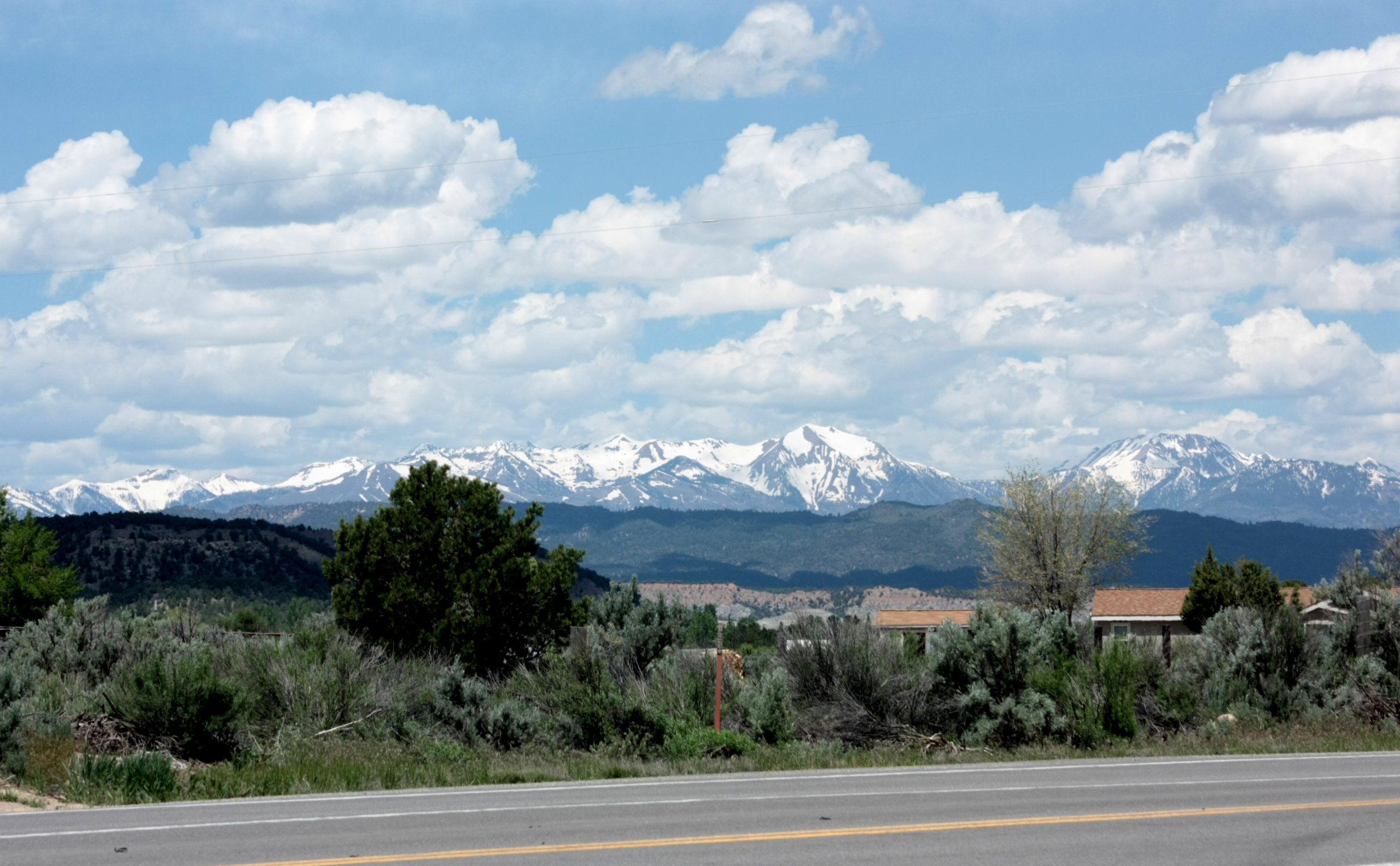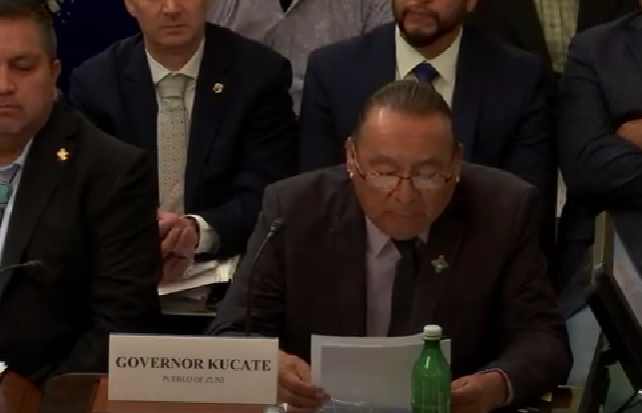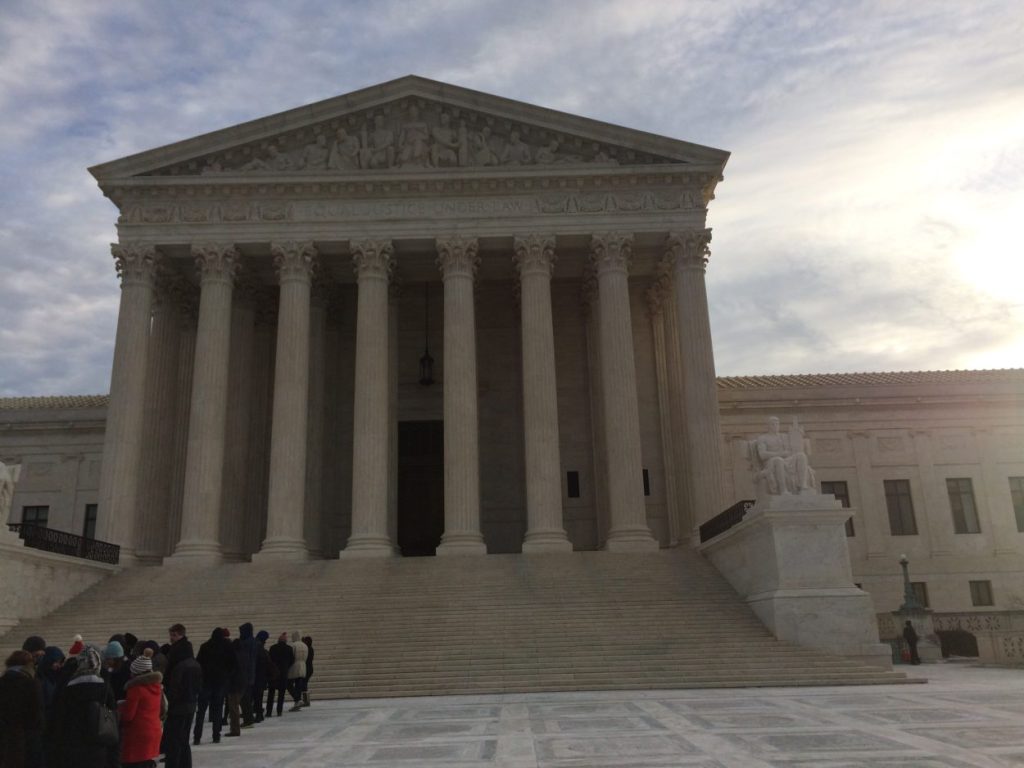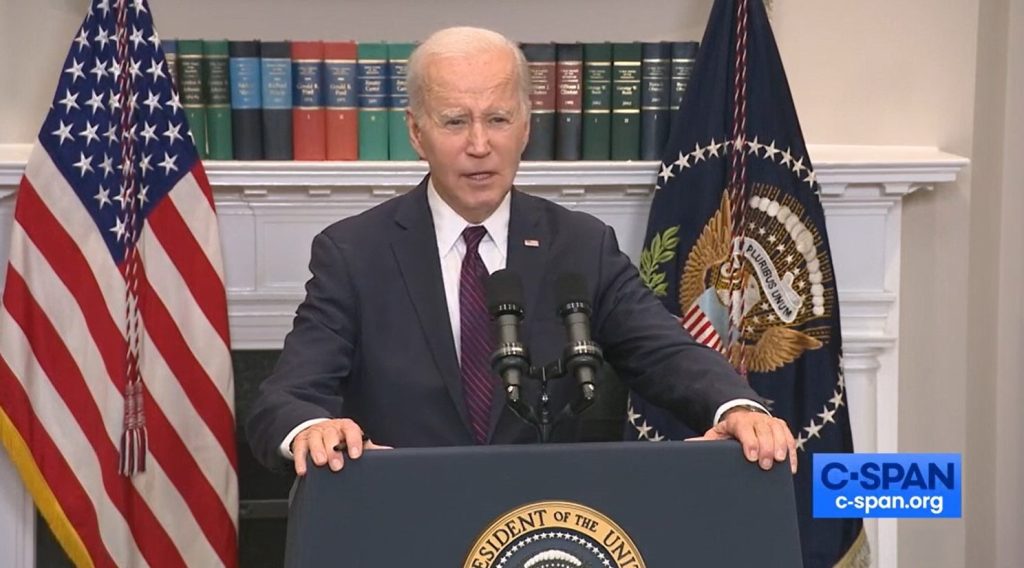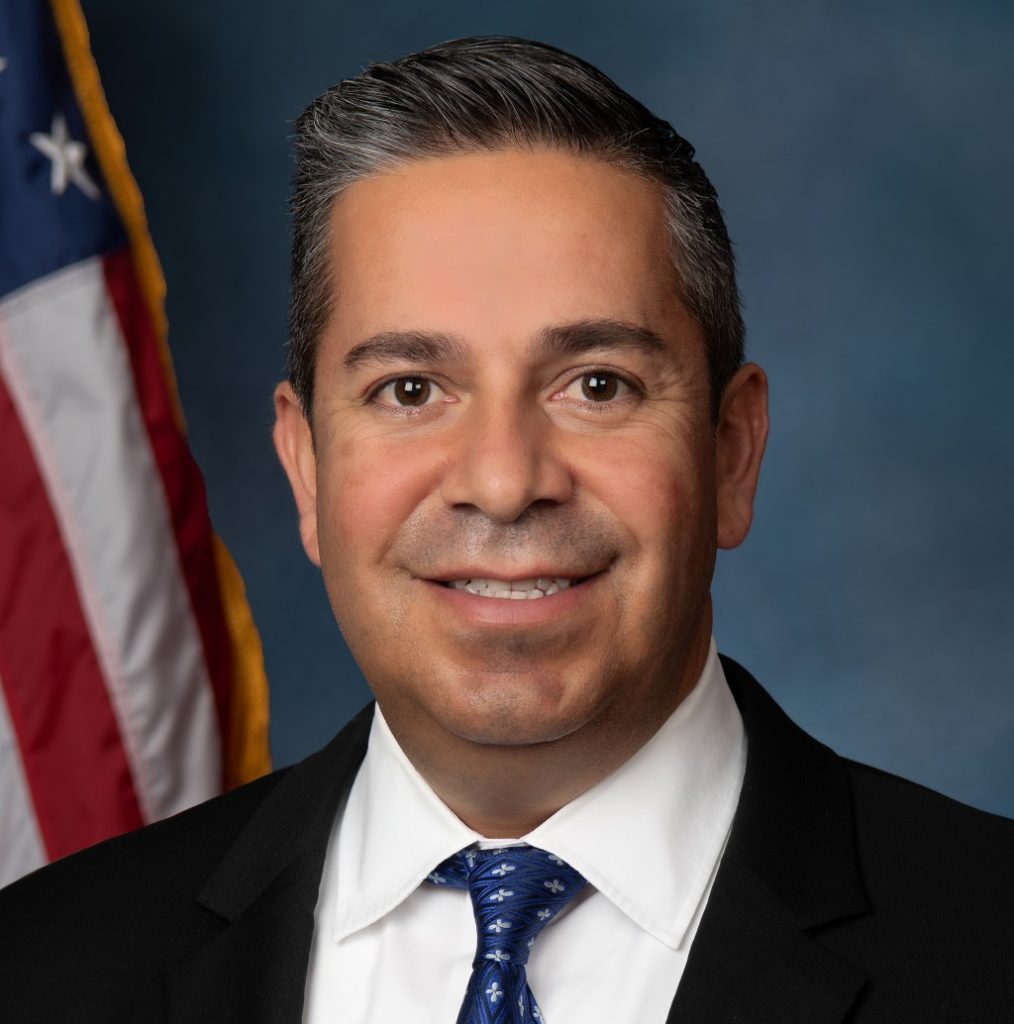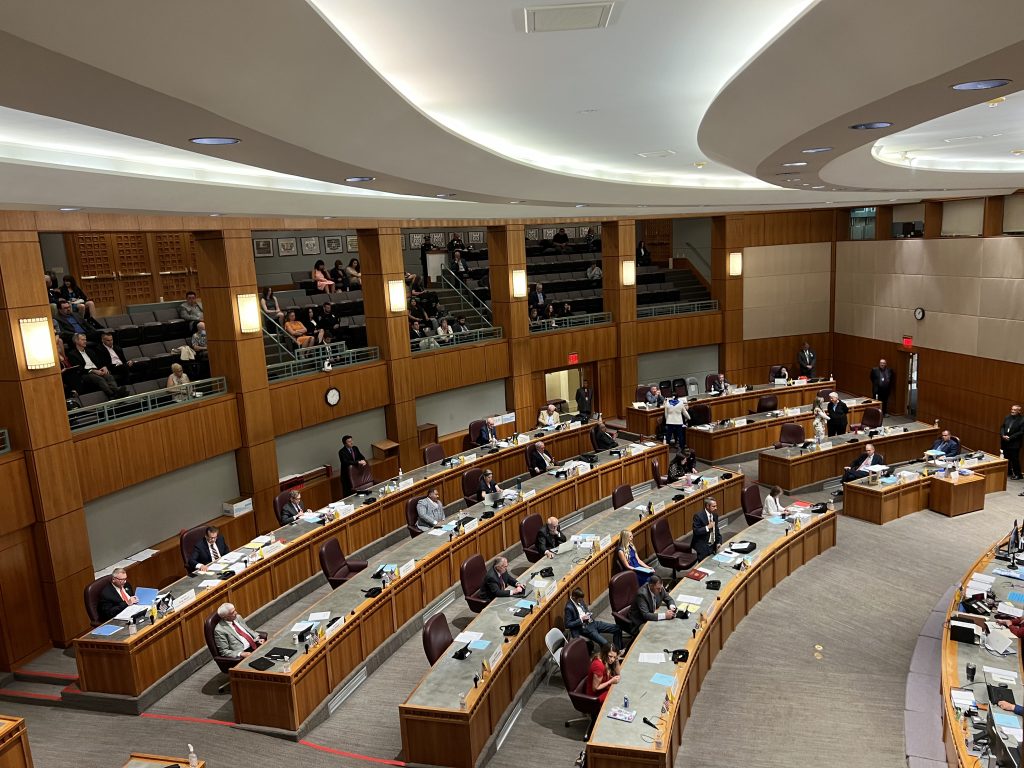Throughout the western United States, communities rely on the storage of water in mountain snowpack to feed the rivers and reservoirs that provide drinking water and irrigation supplies. But climate change is changing that and the current methods of measuring how much water is stored in the mountain snow may provide an inadequate picture, according to Kathrine Hale, an author on a paper published this week in the journal Nature Communications: Earth & Science.
Hale worked on the paper with a team of researchers from the University of Colorado at Boulder, but she is now a postdoctoral researcher at the University of Vermont.
The team developed a metric known as the Snow Storage Index that she says takes into account factors such as when the snow falls that impact how much moisture the mountains store and for how long.
This new metric could help inform water management decisions as well as monitor ecosystem stress, according to the paper.
She said the motivation for the work came from a desire to further hone in the understanding of how much water flows downstream in the western United States.
The metric and the trends associated with the amount of water stored in mountain snowpack can provide a new perspective on how the water systems in the west are impacted by climate change and the impacts that may have for water resources and the ecosystems, according to the new paper.
Hydrologic models often look at snow-water equivalent on April 1 and try to predict how much water will be available downstream based on that. But this can provide an incomplete picture because it doesn’t take into account how long that snow has been on the mountain slope. For instance, it can’t differentiate between if the snow all fell in late March or if it fell primarily in early January. This can influence how much water makes it downstream. Hale said evidence currently indicates that greater amounts of snow storage equate to more water coming downstream.
The researchers also examined trends in the snow storage index over the past 60 years.
“I think it was really valuable to see how different this metric looks across mountain ranges out west. I think these are all areas which heavily rely on the snowpack,” Hale said. “But in many cases, the places that actually have increased summer rainfall for example, the Southern Rockies which get hit with a summer monsoon most, most years, those areas are actually likely more resilient to climate change than places such as the Sierra (Nevadas) or the Cascades, which receive little to no precipitation later in the year, those areas are going to be most susceptible and vulnerable to changes.”
The Southern Rockies region includes mountains in Colorado and New Mexico.
In places like the Cascades—a mountain range in northern California, Oregon and Washington—snow begins to accumulate in the fall and continues into the winter. The snow can then be stored for up to six months before it melts in the spring and summer.
The Cascades have a high snow storage index number.
But Colorado and New Mexico have a different type of cycle. The snow storage index number is lower, meaning snow accumulates and melts throughout the colder months.
As climate changes, the snow is melting earlier and more of the precipitation is coming in the form of rainfall. The earlier snowmelt means less water is available later in the year.
The snow storage index has declined more than 25 percent in the mountain west from 1950 to 2013. But Hale said New Mexico may not be as severely impacted by climate change compared to the Sierra Nevadas or other coastal ranges because the state typically receives monsoon moisture in the summer and fall.
Clay Anderson, a meteorologist with the National Weather Service in Albuquerque, said that the monsoon season generally starts in mid-June.
This spring the mountain west, including New Mexico, has seen a welcome reprieve from years of drought.
A year ago, the entire state was experiencing some level of drought or was abnormally dry, according to the U.S. Drought Monitor. Now nearly half of the state is out of the drought and is no longer abnormally dry.
Spring storms have contributed to flood advisories in areas of the Rio Grande and, in the past two weeks, 19 people have had to be rescued from the river in Corrales.
Anderson said the cool temperatures New Mexico has been experiencing mean that the state will likely experience a longer spring runoff season.
He said some of the flooding seen in the state is also due to releases from reservoirs, including the Navajo Dam release that is expected to increase the amount of water being released from the reservoir to 5,000 cubic feet per second this week.
While this year looks to be good in terms of longer runoff and snow in the mountains, Hale said “it’s important to remember that climate change shows up in a variety of ways.”
She said that just because the climate is changing does not mean that every year will be drier. But there has been a trend over multiple decades of the west becoming warmer and drier.
Even the variability between years, including having years with a lot of winter moisture, can be related to the changing climate, she said.
As the climate continues to warm, the researchers predict that the snow storage index will decrease across the western United States.
Noah Molotoch, an associate professor of geography and a fellow at the Institute of Arctic and Alpine Research (INSTAAR) at CU Boulder who is also an author on the study, said in a press release that dam building in the western United States allowed the region to flourish. These reservoirs stored the spring runoff and allowed the cities and farmers to access the water throughout the summer.
The researchers compare the mountain snow to water towers that store water for release at a later time.
Molotoch said as the water towers melt away, the reservoirs that rely on them may also.
“The snowpack is eroding and disappearing before our eyes. That’s going to present challenges in terms of managing the infrastructure that’s allowed the Western United States to flourish over the last 100 years,” he said in the press release.

